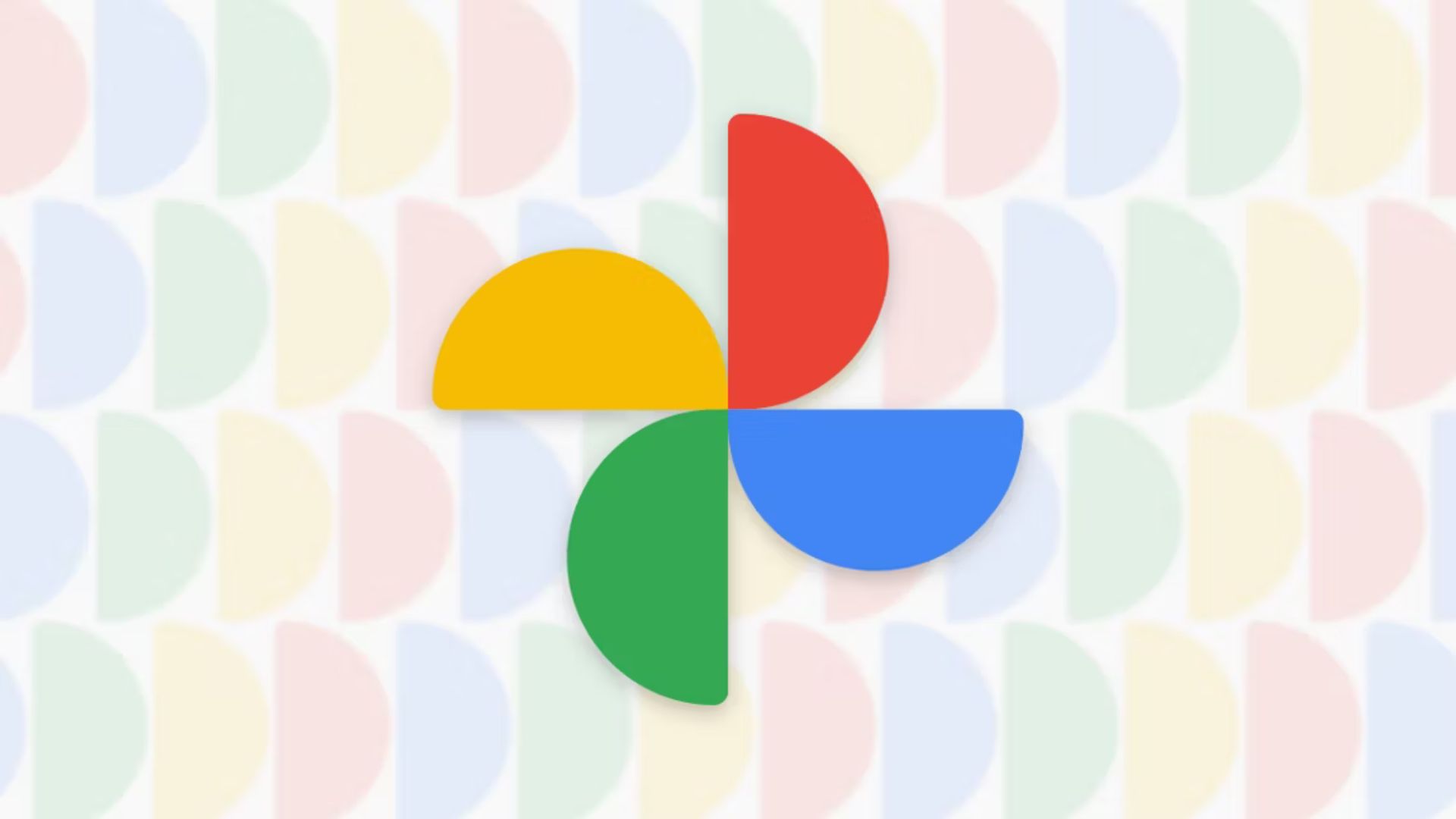I Tested Four AI Essay-Writing Tools, and Here’s What I Found

We may earn a commission from links on this page.
Writing essays can be draining, tedious, and difficult, even for me—and I write all day long for a living. If writing isn’t your special skill, it’s even harder, which is why there are so many sites and products out there that are designed to help you get your homework done.
Some of these “resources” are arguably unethical, and I’m not going to recommend hiring someone else to write your papers for you. But there are some cool, potentially useful AI tools out there that might be able to streamline the process for you. (And anyway, those paid essay-writing folks are probably using these tools too, so you’re better off eliminating the middleman and trying them on your own.)
I have an essay due next week on the history and impact of a federal law, 21 U.S.C. S856, which outlaws the operation of any building where drugs are made or used. I won’t lie: I’m excited to work on it this weekend, but that’s because I’m weird like that. Still, I tested out a few of the more popular AI essay-helper tools, pretending I wasn’t excited about it, to see how they worked. Here’s my assessment.
Grammarly: Good for hitting an essay’s word count
First up was Grammarly, which prompted me to fill out a personalization quiz before I could use it. I told the site I was a grad student, interested in improving the vocabulary I use in my work, and looking to brainstorm topics for my essay. I used the text-input section to type a quick introductory paragraph and selected “Generative AI” from the list of options.
When I hit the “Improve It” button, Grammarly showed me a revised version of my text that added a bunch of words, but still said the same thing as my more concise entry. To me, that’s annoying, but if you’re trying to hit a word count, it could be useful. I was also given options like “Make it assertive,” “Make it persuasive,” and “Make it confident.” When I selected “Make it more detailed,” the generative AI did expand the information pretty significantly, but it didn’t add any citations and I’m not convinced it drew on material outside of what I had already entered. When I hit “Make it persuasive,” the AI automatically assumed the bias should fall in favor of the law, but when I added more detail to my original paragraph, suggesting for argument’s sake that the law has curtailed efforts to reduce drug overdoses throughout the country, the AI assistant said, “Grammarly assistance is unavailable for this prompt because it may result in sensitive content.”
Overall, Grammerly wasn’t a great option for my needs, as my topic’s content was too “sensitive” and the generative AI really only added a bunch of words (what a stern teacher might regard as “fluff”). This one would be most useful for someone trying to hit a word count.
Cramly: Good if you’re not sure where to take the essay
Next I tested Cramly, which I hadn’t heard of before. Before upgrading to a $4/month plan, you do get to try five free prompts, so I pasted my basic intro paragraph in and, after a few seconds, I got five paragraphs in return. It was obvious the AI was pulling from external sources, as it mentioned fines and prison sentences associated with the law that I hadn’t specified in my copy, but it didn’t actually cite those sources.
Lack of sourcing aside, the information it provided was helpful, so this one would be great if you’re not sure how to frame or expand on a topic and need a general idea of what your essay could look like. You’ll just have to go through everything it spits back at you and look it up independently, find solid sourcing, and add that yourself.
EssayGenius: Good for creating a solid essay outline
EssayGenius is extremely easy to use. It asked me to type what I’m writing about into a box. I simply entered the name of the law and, about 10 seconds later, I got 10 paragraphs back, some with subheadings like “historical background” and “implications in criminal law and public policy.” Again, there were no citations included, but the service provided not only a lot of details that could be used as a springboard to find more, but a solid outline for what the paper could look like.
The AI played both sides, objectively presenting the cases for and against the law, then provided a conclusion that made it easy to narrow down where to go with the topic. Impressively, I was able to generate all that for free, but if you want to write up to 10 essays per month, it’ll cost you $14.99 a month, or $144 per year.
JotBot: Good for crafting more authentic homework
Finally, I tried out JotBot, which I have seen advertised on social media. It asked me what I was writing about and whether I wanted an outline, but also gave me an opportunity to upload my old essays so it could replicate my writing style. As scary as it was, the paragraphs it generated after reading some of my older work did sound more like me than standard AI usually does.
JotBot give me subtopic suggestions, like “impact,” “historical background,” and “controversies,” which I could select from a sidebar and, if I liked the paragraph it wrote, drag into the essay itself. From there, I could accept or reject sentences one by one as it generated new ones. I could write in the essay editing section, too, and it generated more suggestions based on what I was typing.
Frankly, this one is really cool, and I can see how it would help someone beat a case of writer’s block, since you can type and get suggestions as you go. There is a learning curve, though, and I didn’t realize how quickly I was blowing through my 10 free daily “credits,” since it’s unclear what, exactly, costs credits and how many credits it costs to, say, accept one suggestion. You can unlock unlimited credits, unlimited autocomplete, unlimited sources, and more for $14 per month.
AI can also help you when the essay is finished
AI’s usefulness doesn’t stop when your essay is done. In fact, that’s when it might be most useful. I’ve already written about how teachers can use GPTZero to identify AI-generated writing in your homework assignments, but you should be using it, too, after you rewrite your own essay based on AI help, to make sure it’s all in your own words. If you’re using any of the tools above, you should be rewriting everything, not only so you actually learn what you’re supposed to be learning, but so you don’t get in trouble with your teacher or school. GPTZero will identify anything that sounds too AI-generated, helping you figure out what needs to be redone.
I’ve also used Chegg for years, relying on many of its features for serious homework help. You might be familiar with Chegg because it largely functions as a site where you can upload homework questions and seek expert advise in answering them, but it does plenty more. For $9.95 a month, you can use it to check your papers for plagiarism, get proofreading and grammar-correcting services, and automatically add in citations.
Overall, EssayGenius and JotBot were the best AI tools I tested for creating an essay. I was impressed by EssayGenius’s ability to research the topic on its own, and by JotBot’s mimicry of my own writing style. They do cost money, but that might be worth it if you’re someone who struggles with idea generation, outline creation, or getting into the flow of writing overall.
Bear in mind these tools are not meant to churn out entire finished essays for you, and you shouldn’t use them to do that—not only because it’s unethical, but because it’s pretty easy for professors to catch you doing it. Even if you do use an AI tool to generate a whole paragraph or more, try to rewrite it in your own voice. Think of AI tools more as a way to study and learn more about your topic than to have the writing done for you.
There’s always ChatGPT
If you don’t want to lay out cash for AI assistance, you can always pay nothing and just use ChatGPT to generate outline ideas. I do that often, and never have to worry about getting in trouble, cheating myself out of an education, or paying for anything, because I’m still doing most of the real work.
I just asked ChatGPT to generate an outline for an essay on 21 U.S.C. §856 and its impact on American harm reduction efforts and got one back with eight sections, each with three subsections—an easy roadmap to follow as I write the paper on my own. Doing it this way ensures I’ll actually research and learn about the topic, which is important to me; I’ll also avoid the risk of going down for plagiarism or outright cheating, which is probably important to you too.











